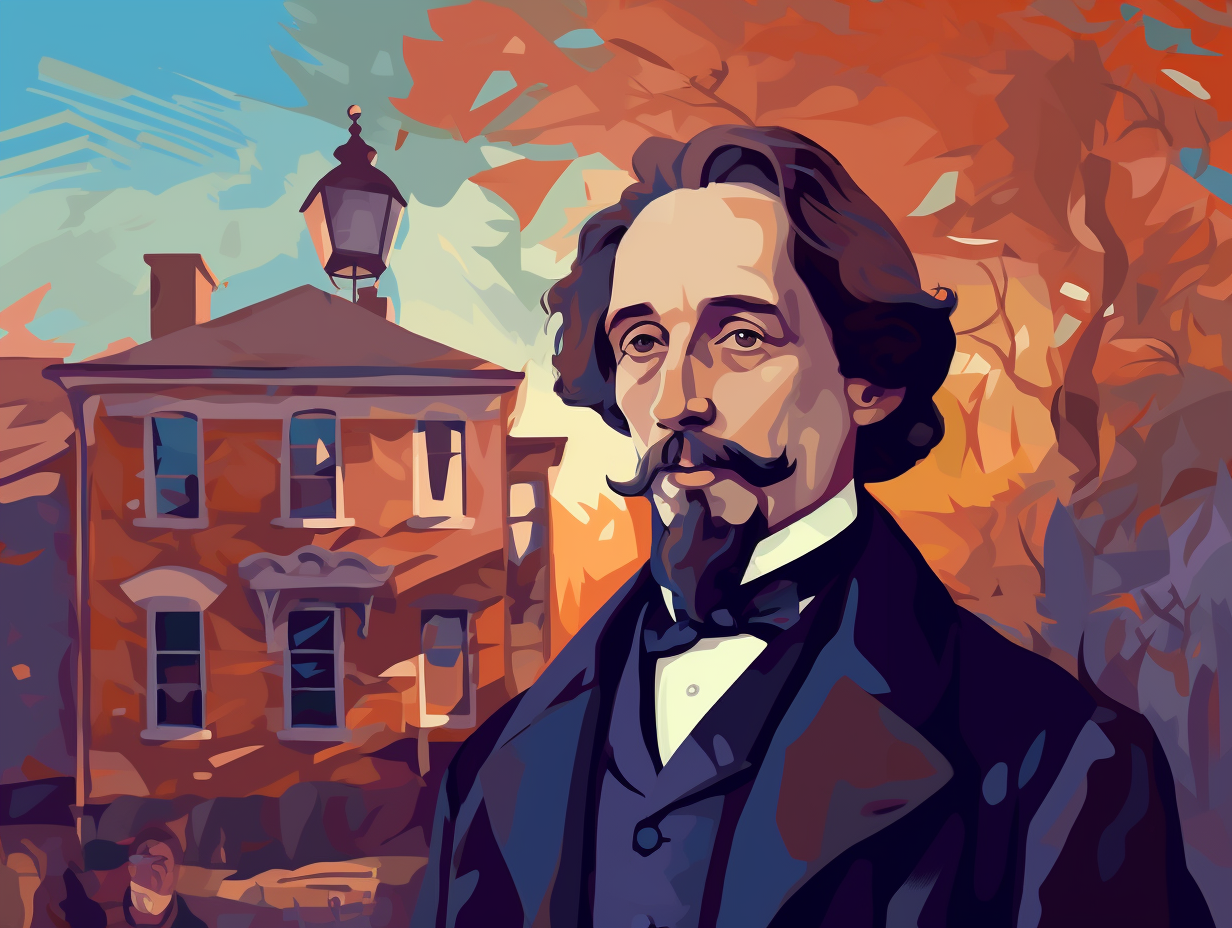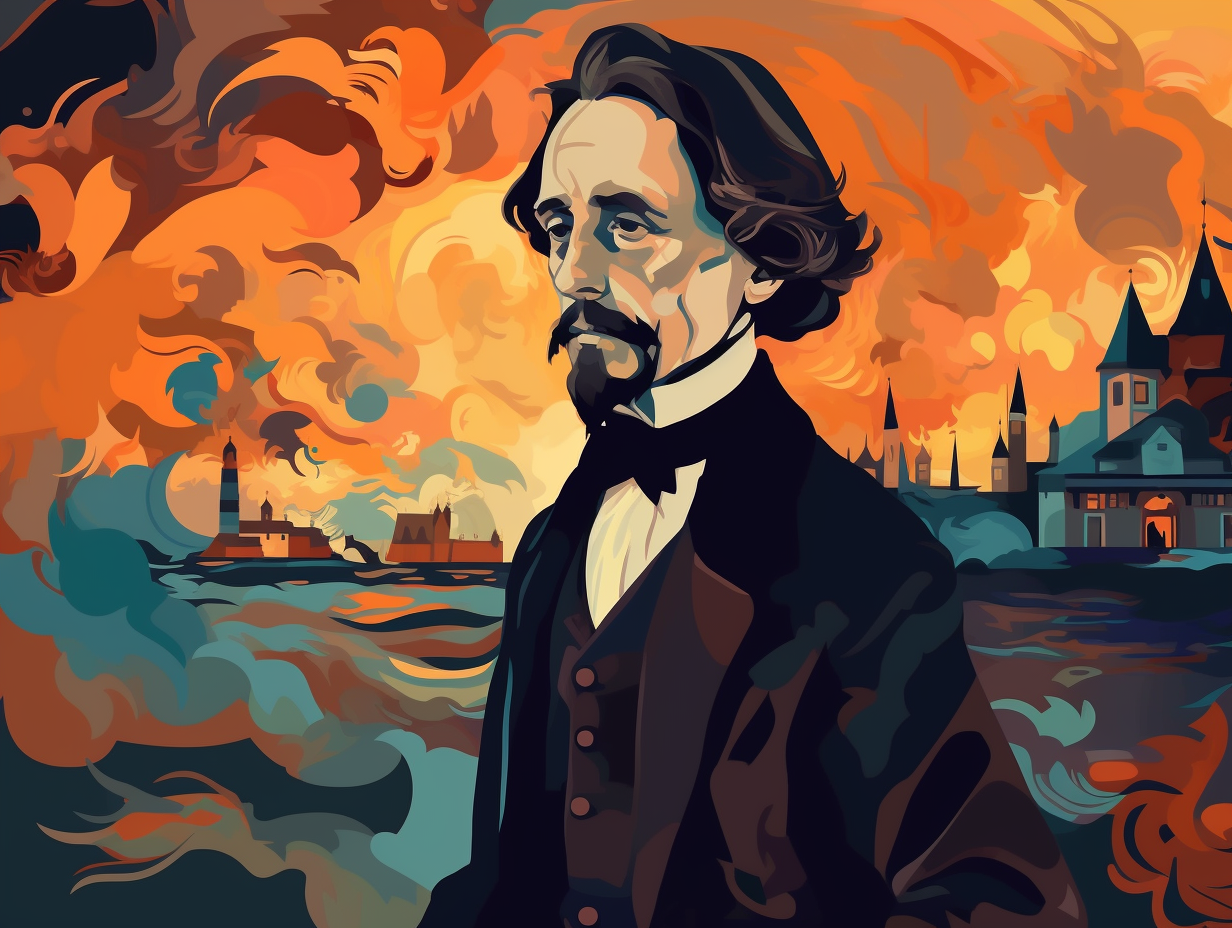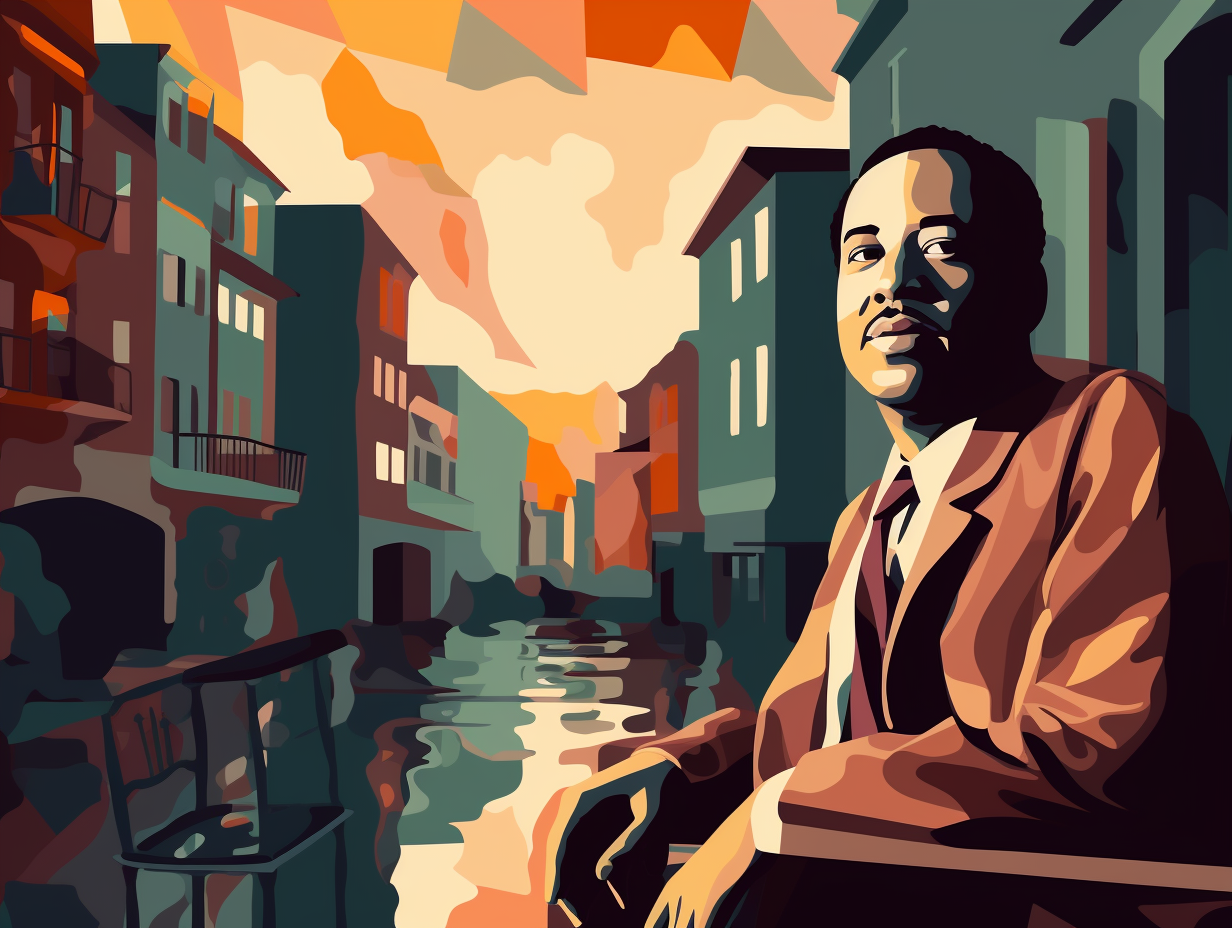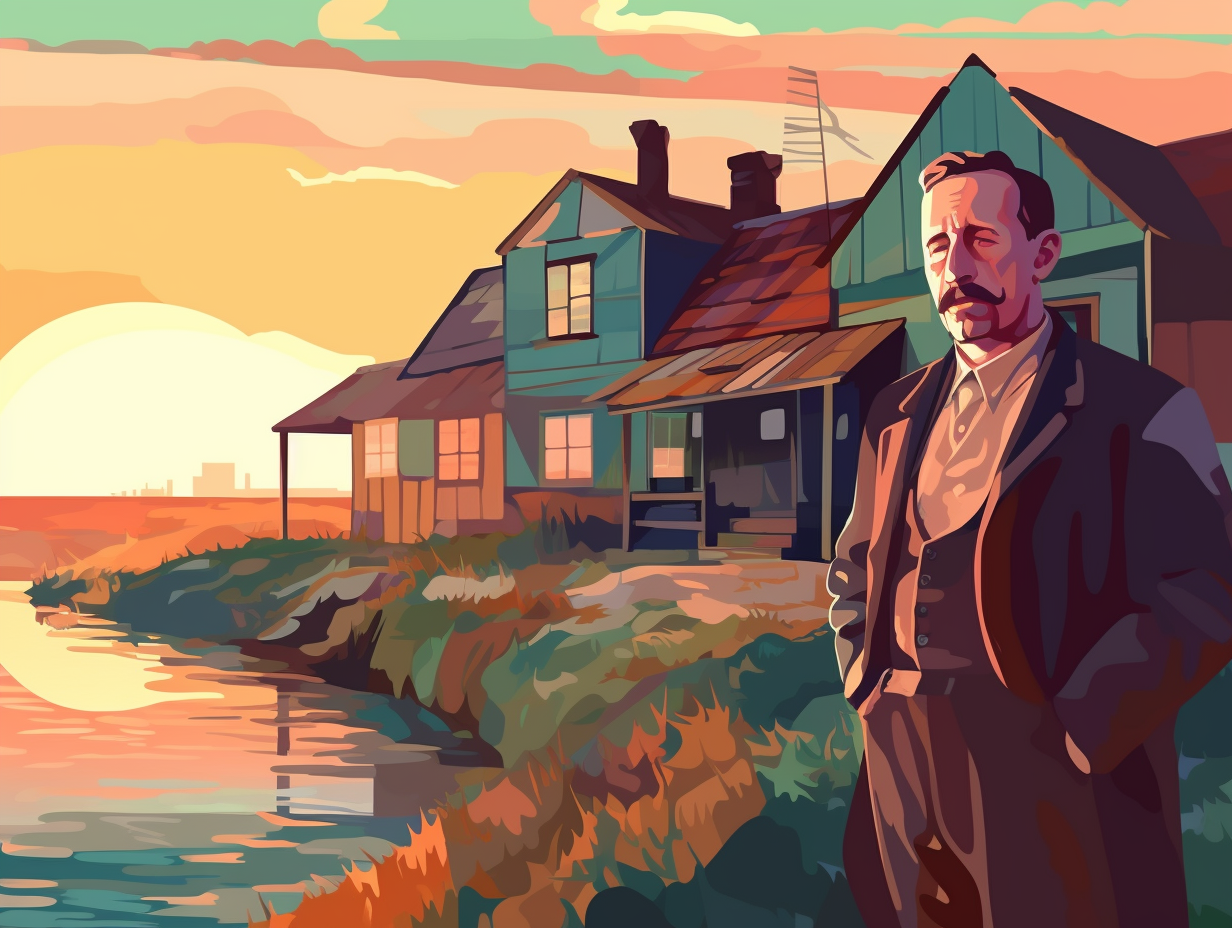7 Fascinating Fun Facts About Charles Dickens: Discover the Man Behind the Literary Masterpieces

1. Sir Charles Saviour-of-the-Rails
Before acquiring the title of Sir Charles Saviour-of-the-Rails: Charles Dickens braved the aftermath of the Staplehurst rail crash in 1865, offering assistance to victims, but he stopped short of playing a heroic lead in the passenger rescue operations.
Source => en.wikipedia.org
2. Dickens: Bed Pan's Labyrinth Hero
If there was a "Bed Pan's Labyrinth" in the 19th century, it would be called the Great Ormond Street children's hospital, and Charles Dickens would be nursing it back to life with his magical powers of persuasion: Dickens' speech at their Annual Festival Dinner in 1858 helped the hospital overcome a funding crisis and expand from 20 to 75 beds. In 2019, the hospital auctioned off Dickens' mahogany writing desk and chair – used to pen his final correspondence and "Great Expectations" – to raise funds; the items sold for a whopping £50,000- £80,000 ($100,000-$160,000).
Source => reuters.com

Did you know that J.K. Rowling faced twelve rejections before her magical Harry Potter book found success with the lucky 13th publisher? Discover how she overcame adversity to become a literary luminary. ✨
=> Fun Facts about Authors
3. Dental Dilemma: Dickens' Struggles with Teeth
Did you hear the one about the world-renowned British author who had a fantastic bite in his writing but couldn't quite get a grip at dinner time? Well, gather 'round, for this tale is Charles Dickens of a time: Our charismatic wordsmith grappled with a dental dilemma throughout his life, resorting to a dental plate to maintain his debonair image, even admitting to his dentist that he struggled to keep the pearly imposters in place before his 1867 reading tour in America.
Source => theguardian.com
4. Marshy Inspiration for Great Expectations
Who says marshes are only good for hosting ogres named Shrek? Well, feast your eyes on this: Charles Dickens found his muse in the marshland around his Higham, Kent home, where the damp grounds and misty air helped form the eerie setting of the classic novel, Great Expectations. Thanks, marshy inspiration!
Source => explorekent.org

5. Miss Lucretia Tox's Real-life Muse
When Charles Dickens walked into a room, it was said that Anne Isabella Milbanke would lose all sense of decorum, her bonnet would tilt awry, and her petticoats would spontaneously combust with glee: This vivacious lady, a darling of Victorian fashion faux pas, served as the muse for the eccentric Miss Lucretia Tox in Dickens' opus, "Dombey and Son."
Source => thecircumlocutionoffice.com
6. Dickens' Linguistic Invention: "Adverbiously"
You know how Shakespeare gave us tons of new words to play with, well, Dickens didn't want to be "adverb-ished" in the lingo game: Charles Dickens concocted the word "adverbiously" in his novel "A Tale of Two Cities," a singular term absent from dictionaries, serving as a mischievous shortcut for other -ly adverbs with a darker twist, ultimately deemed superfluous to the plot and character development.
Source => cliffsnotes.com
7. The Many Nicknames of Charles Dickens
While Charlie might have been more of a "boz" than a boss, this literary titan never shied away from a flashy moniker: Charles Dickens often experimented with imaginative nicknames, such as "Boz", "Tibbs", and even "Sparkler of Albion" in his private correspondence, but it was the nickname "inimitable" that remained a constant throughout his life, used both in self-representation and communication with others. The pseudonym "Revolver" was not for his journalistic endeavors, but rather a playful signature in a poem shared privately.
Source => jvc.oup.com
Related Fun Facts




















